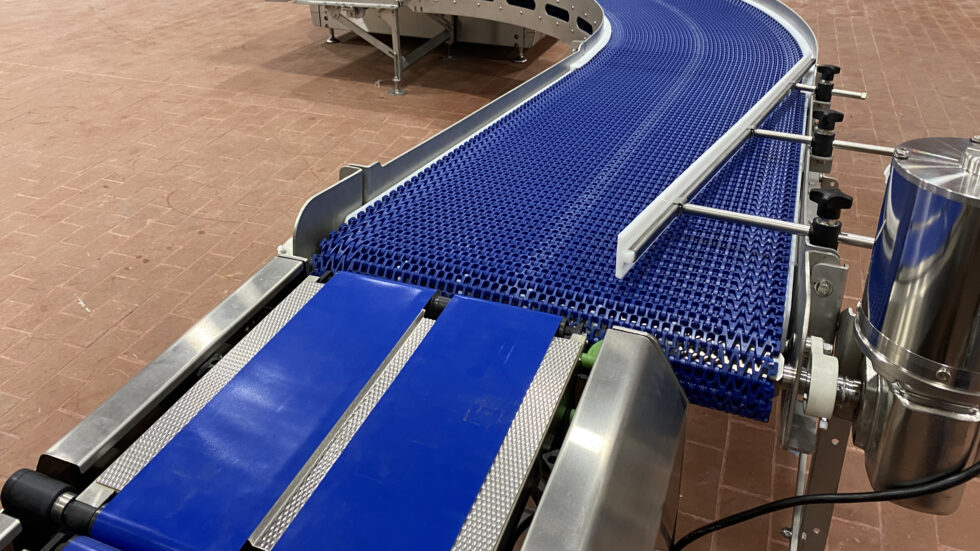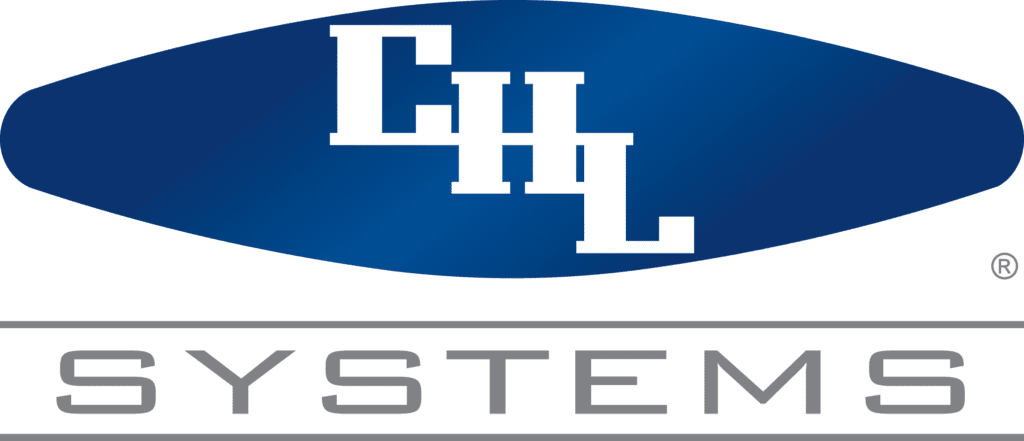Whether you’re new to the world of production automation or a seasoned pro who is looking to further optimize your operations, you may find yourself wondering if enhancing your production processes with modern industrial food-grade conveyors is worth the investment. As you weigh the cost of upgrading your material handling processes and equipment, consider these five key benefits that food-grade conveyors bring to the table.
Benefits of Industrial Food-Grade Conveyors
1. Enhanced Sanitation
Food-grade conveyors are designed with sanitation in mind, adhering to strict quality standards set forth by the FDA and USD. Everything from the overall design to the specific materials used ensures that your products remain free of contamination.
Some of the most common materials used in the construction of food-safe conveyors include stainless steel, which is easy to clean and does not rust or corrode, and high quality thermoplastics that are nonporous and nonabsorbent.
Thoughtful design features, like including slants for liquid runoff or replacing bolts with sanitary welds, more easily accommodate the cleaning and sanitizing processes while eliminating cracks and crevices that may harbor pathogens.
By automating your processes with food-grade conveyors, you can reduce the amount of product handling required and cut down on exposure to contaminants such as dust, foreign materials, and pathogens.
2. Unrivaled Durability
Food-grade conveyors provide an unrivaled level of durability that keeps your production running smoothly and promotes food safety. Because your material handling systems are the primary transport of all your products and ingredients, the durability of these systems is critical to your operation. The materials and components used in your food-grade conveyors must be able to withstand constant use, frequent cleaning and sanitization, and the atmospheric conditions that are specific to your applications.
With the high durability of food-safe conveyance options, you can reduce equipment breakage and deterioration that could not only negatively impact your production schedule but also present a food safety hazard.
3. Increased Workplace Safety
In addition to promoting food safety, food-grade conveyors can increase workplace safety for your employees.
For example, many food processing tasks involve manual lifting and carrying heavy loads. By automating these tasks with conveyors, you can reduce the risk of strains, sprains and back injuries among your workers.
Plus, food-grade conveyors are equipped with safety features such as emergency stop buttons, alarms, and guardrails, which can further help to prevent accidents and injuries including entanglements, slips, trips and falls.
And, if you couple food conveyance technology with robotic automation, you can also cut down on the amount of time your employees spend performing repetitive motions like cutting, slicing, and packaging. This reduces the risk of repetitive motion injuries, including carpal tunnel syndrome and tendonitis, and can even eliminate the need for workers to pack merchandise manually, allowing your employees to handle safer, less physically demanding tasks.
4. Incredible Versatility
Modern food-grade conveyance solutions provide your operation with the versatility needed to safely handle and transport materials at the speed, direction and output required for the various stages in your production.
From raw ingredients to finished packaged product, these systems can be equipped with sensors, cameras, controls, and monitoring systems that provide real-time data on product movement, location, and process flow, which can be used to continuously improve production line metrics, ultimately saving money.
5. Improved Production Efficiency
Food-grade conveyors are designed to be highly efficient. They can move food products quickly and smoothly, eliminating bottlenecks in your production line and reducing the amount of time that it takes to transport products or ingredients from one area to another. They can also streamline your packaging process through a controlled product flow.
Incorporating sanitary convenance systems into your operations can improve your production speed and throughput, especially at a time when labor resources can be hard to come by.
Takeaway
With these benefits in mind, enhancing your production line with a modern food-grade conveyance system may be a no brainer, but with so many options on the market, knowing where to begin can be overwhelming. By partnering with a trusted equipment manufacturer, you can ensure you are choosing the right equipment for your specific material handling needs.


